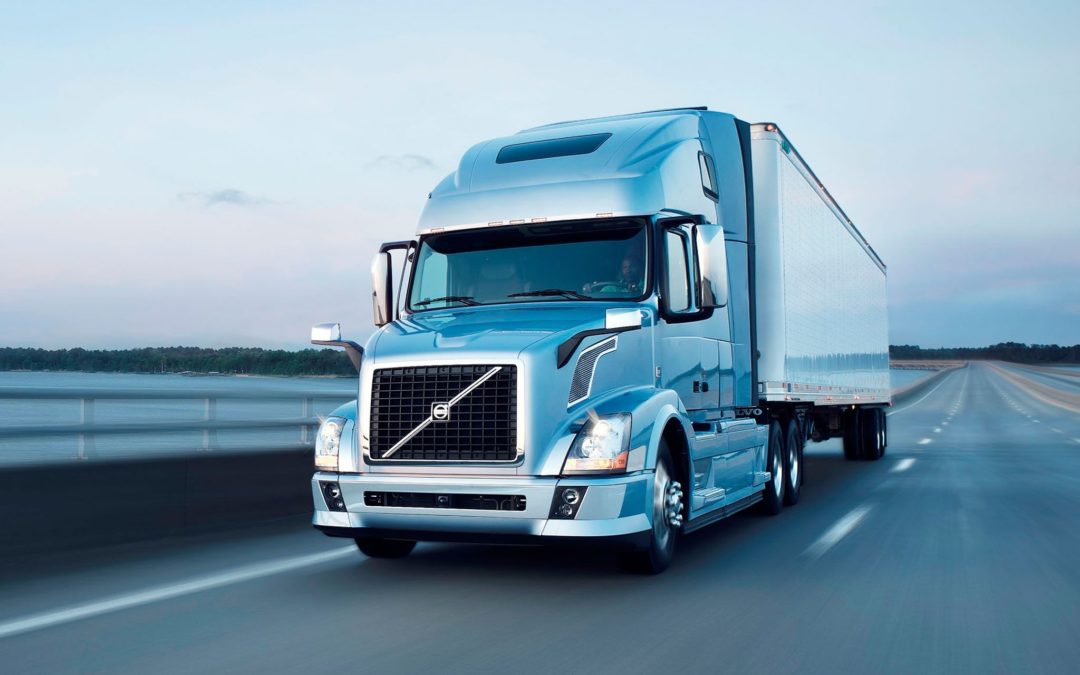“TECH is recognized as the global tyre and wheel authority, and TECH has been a member of The Tyre Retread and Repair Information Bureau (TRIB) since the organisation was formed in 1974,” states Tim BeVier, TECH National Account Manager and TRIB Board Member. The TRIB organisation is known as, “The Voice of Retreading and Repair,” in the tyre industry. TRIB is committed to promoting proper tyre repair and retreading while defending misperceptions regarding the tyre repair and retreading industries.
TRIB provides a tremendous amount of educational and helpful information on retreading and repairing tyres and why these actions are so important to everyone. Trucking fleets and owners of commercial vehicles utilize both new and retread tyres on their vehicles in the United States.
Retread tyres are used primarily for the cost advantage they provide to trucking fleets over a similar new tyre. Despite these significant economic advantages, public perception is that retread tyres are less safe than new tyres, as evidenced by the amount of tyre debris frequently found on the sides of U.S. Interstate highways. This is a misperception. The University of Michigan Transportation Research Institute (UMTRI) under a subcontract from Virginia Tech Transportation Institute (VTTI) collected and studied truck tyre debris and discarded tyre casings from five sites in the United States. A random sample (totalling 1,496 items) of the tyre debris/casings collected was analysed to determine the probable cause of failure and its original equipment or retread status.
Belt separation as a probable cause of failure accounted for the majority of Original Equipment (OE) and retread truck tyres inspected. The primary reason for belt separation is underinflation of the tyre. Thus, many retread tyre advocates conclude that underinflation (and not the tyre being a retread per se) is the cause that generates the tyre debris found on the nation’s interstates. Under/over inflation is a maintenance issue that underscores the necessity for all truck operators and owners to develop, enforce, and maintain a tyre maintenance regimen.
Here are some fast facts about retreading from TRIB:
Retreading and repairing saves the U.S. economy over $500M annually (source: TRIB). Manufacturing a retreaded truck tyre requires 7 gallons of oil, while a new truck tyre requires 22 gallons of oil. With 14 million retreaded truck tyres in the U.S. annually, this saves over 210M gallons of oil.
Statistics compiled by the U.S. Department of Transportation show that nearly all tyres involved in any tyre-related accidents are underinflated or bald.
Unless you have x-ray vision, any damage on the inside of the tyre cannot be detected when plugging the tyre on the rim. By removing the tyre from the rim, inspecting the interior, and repairing the damage with a rubber stem and a repair unit, potential problems can be identified and the integrity of the tyre can be restored.
TECH considers TRIB to be one of the best member driven organisations whose primary purpose is to support the tyre retreading and repairing industry to which we provide tyre and wheel products. To learn more about retreading visit www.retread.org


